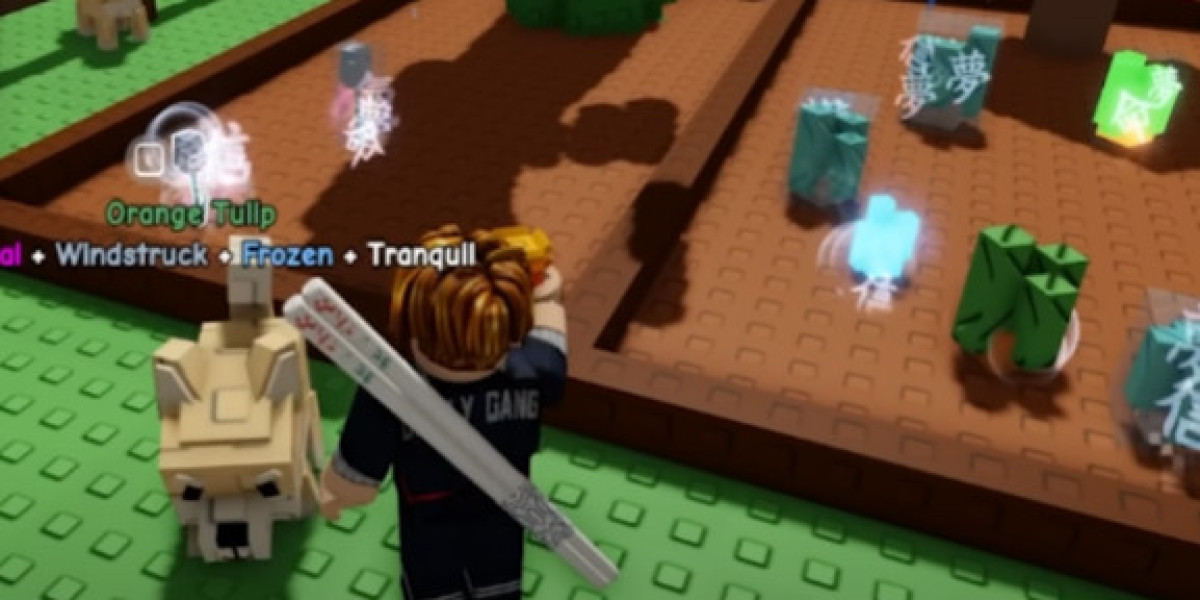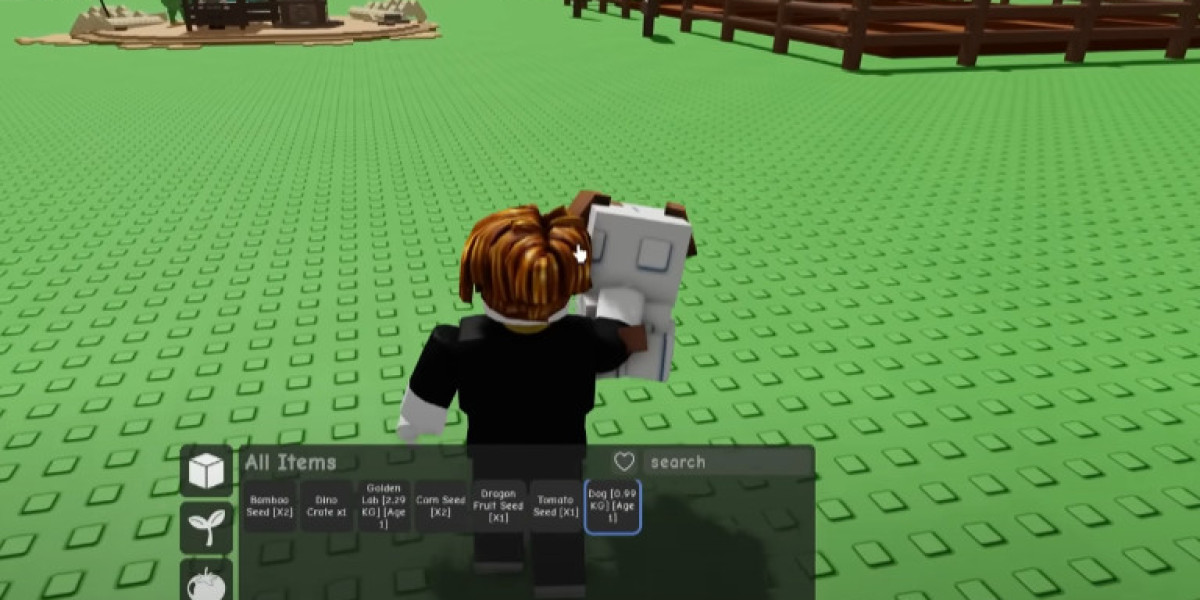If you’re looking to grow your own vegetables but don’t have a sprawling backyard, don’t worry! Even the smallest spaces can yield amazing results with the right approach. Growing vegetables in confined areas can be a challenge, but with these expert tips, you’ll be able to make the most of your limited garden space. Let’s dive into how you can grow a garden even when you're working with smaller footprints.
1. Utilize Vertical Gardening
One of the most effective ways to maximize space is by utilizing vertical gardening techniques. By growing plants upwards rather than outwards, you can free up valuable ground space. Install trellises, shelves, or hanging baskets to support plants like tomatoes, beans, or cucumbers. Vertical gardening allows you to grow more vegetables in a smaller area, and it helps to keep your plants organized and easy to access.
2. Opt for Compact Varieties
When choosing vegetables to plant, opt for compact or dwarf varieties. Many vegetables have smaller, more compact versions that are perfect for small spaces. For instance, there are small tomato plants that grow well in containers or window boxes, and mini bell peppers that thrive in confined spaces. By selecting these space-saving plants, you’ll have a productive garden without overwhelming your limited space.
3. Raised Beds and Containers
Raised beds and containers are great for growing vegetables in small spaces. You can place these anywhere—on a balcony, in a corner of your yard, or even in your garage. Raised beds provide excellent drainage and can help you grow a garden pets-friendly, as the elevated height can keep your plants safe from digging pets. Containers also allow you to move plants around, making it easier to optimize sunlight and temperature exposure throughout the day.
4. Companion Planting
Companion planting is an excellent strategy for making the most of your small garden. By planting complementary vegetables together, you can maximize your space and reduce the risk of pests. For example, planting basil next to tomatoes helps to repel certain pests, while also benefiting from the basil’s compact growth. Be sure to do some research on companion planting combinations that can help both your garden's growth and pest management.
5. Efficient Watering Techniques
In small garden spaces, efficient watering is key. Using drip irrigation or soaker hoses can ensure that your plants receive the right amount of water without wasting any. These techniques help water go directly to the roots, reducing water runoff and evaporation. Keeping your vegetables hydrated is essential to a bountiful harvest, especially when you’re working with limited space and resources.
6. Keep Your Garden Organized
Lastly, organization is essential when growing vegetables in small spaces. Group plants according to their light and watering needs. This prevents overcrowding and ensures that each plant gets the right amount of attention. A well-organized garden is not only more productive but also visually appealing. You can even introduce decorative elements to your garden design, making it a perfect space to unwind, while you enjoy your vegetables and perhaps consider how to buy Grow A Garden Capybara for added fun and companionship in your gardening space.
By following these expert tips, you can successfully grow a garden even in the smallest of spaces. Remember, a little creativity and planning can go a long way. Whether you're trying to make the most out of your apartment balcony or a tiny backyard, these strategies will help you grow a bountiful vegetable garden that you can be proud of!








